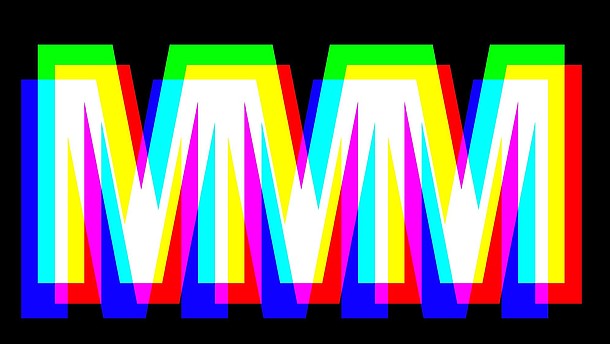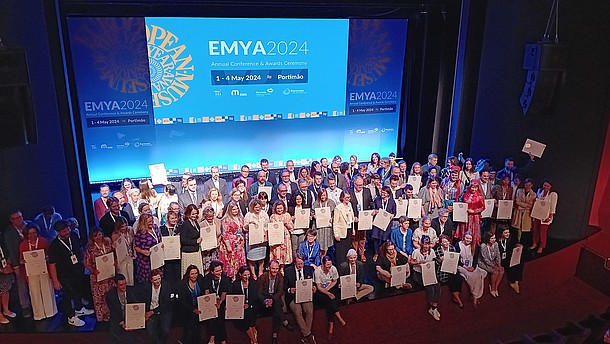All three projects were initiated after the December 2022 Action Plan from the European Commission that outlined steps to increase the EU’s fight against illegal trade in cultural goods. Trafficking in cultural goods is the third-largest form of illicit trade in the world, after arms and drugs. Worryingly, activities such as archaeological looting are also known to finance terrorist activities.
AURORA is looking for ways to label objects so they can be easily identified internationally. Many museums mark items in their collections with codes that are unrecognised elsewhere. The project is also looking into linking artefacts with chemical markers that could be quickly identified by authorities and cultural experts. AURORA runs for three years through 2025.
ANCHISE which began in February and runs until early 2026, will incorporate artefacts on ICOM’s Red Lists. The upcoming app will also suggest the best experts to contact about that item. The International Council of Museums (ICOM) publishes Red Lists of the types of objects that may be taken from looting hotspots that include Afghanistan, Brazil, Cambodia, China, Egypt, Libya, Mexico, Syria and Ukraine.
ENIGMA is developing a tool to scan police and ICOM databases for stolen or looted items. The project, which runs through 2025, also wants to make it possible to use artificial intelligence to crawl the internet for images and information on objects that could be looted or stolen.
- Learn more in the article




